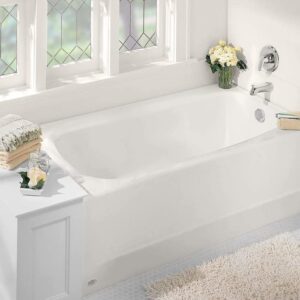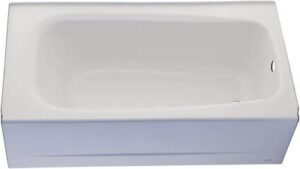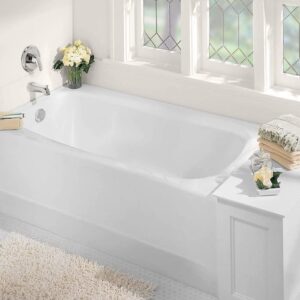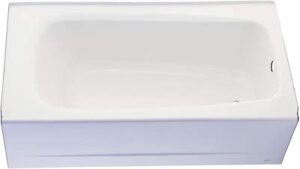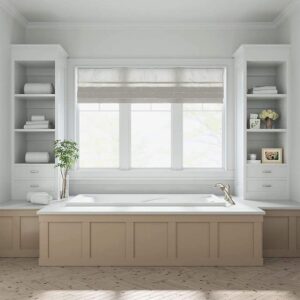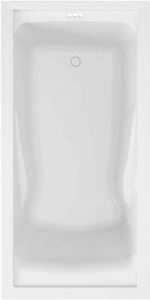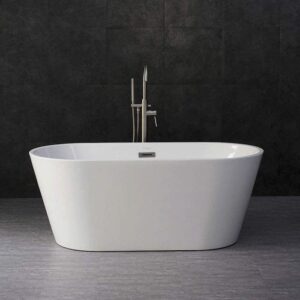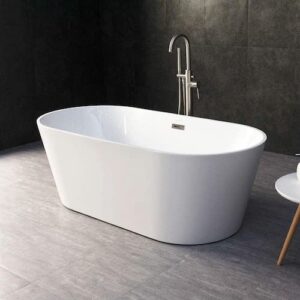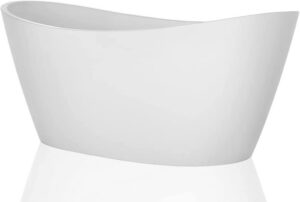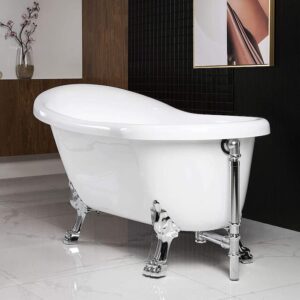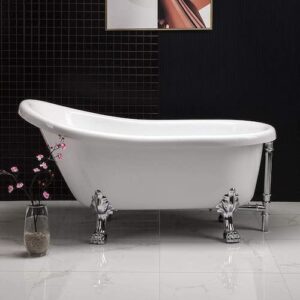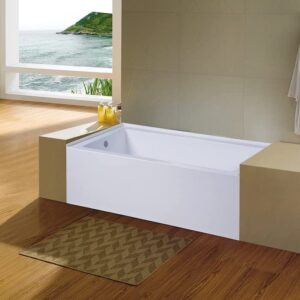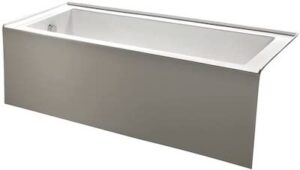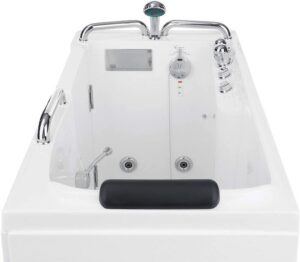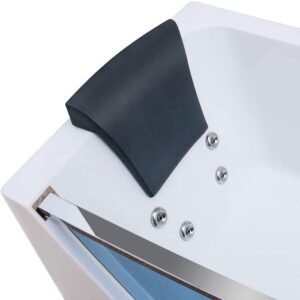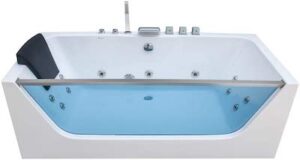Why Bathtubs Are Great: Quick Buying Guide 2023
This guide will cover everything that you need to know about purchasing your next bathtub. We will cover the different types of tubs, materials, and even the lengths of tubs. This is all so you can ensure that you pick the right bathtub for your needs and bathroom.
Different Types of Bathtubs
Standard Bathtubs
Standard bathtubs are the generic bathtubs found in most homes. The benefit of a standard tub is that they are affordable. Of course, the downsides are that they are generally made from lower-quality materials and tend to be shallower than other tubs.
Clawfoot Bathtubs
Clawfoot bathtubs are perfect if you live in a historic home. Generally, clawfoot tubs are only seen in homes built before the 1940s or homeowners going for a vintage look.
Freestanding Bathtubs
A freestanding bathtub is an increasingly popular option in modern homes. Think of it as a clawfoot tub without the claw feet. These tubs look great in modern homes, but proper plumbing is sometimes an issue.
Soaking Bathtubs
Soaking bathtubs are great if you enjoy taking baths. Why?
A soaking bathtub generally has a sloped back and is very deep. Both those features make it perfect for actually taking baths.
We don’t recommend soaking tubs for older people or if you have young children because they are very deep. Soaking tubs also use much more water than other types of bathtubs.
Whirlpool Tubs
Whirlpool bathtubs are simply soaking bathtubs with jacuzzi features. These features usually include a water bubbler, jet stream, and LED lights.
These bathtubs are luxurious. However, maintenance and upkeep can sometimes be a problem with them. We only recommend whirlpool tubs if you have a big budget.
Walk-in Bathtubs
A walk-in bathtub is simply a bathtub with a door on it for entering. This is a great type of bathtub if you have bad knees or a bad hip and can’t swing your leg over the side of a bathtub.
Due to that, we generally don’t recommend a walk-in tub unless absolutely necessary.
Bathtub Materials
Bathtubs come in a variety of different materials. Here are some of the most popular.
Fiberglass
Fiberglass is the most affordable bathtub material. It’s also light, easy to install, and available in many different colors. As you might expect, these tubs are not particularly durable over time. But they work great if you need a cheap tub and don’t care about quality.
Porcelain Enameled Steel
Porcelain-enameled steel tubs are a good middle ground bathtub. They have a much higher build quality than fiberglass at a competitive price. Why?
Porcelain doesn’t scratch or stain, so it will last longer. The downside is that if the porcelain cracks the steel can easily rust.
Cast Iron with Enamel Coating
Cast iron is the best material for a bathtub. It has good insulation and is sturdy.
You do have to be cognizant of the floor because cast iron is heavy. Also, take care when cleaning because it’s easy to scratch enamel by scrubbing too hard.
Acrylic
Acrylic is more affordable than metal and better than fiberglass. The benefit of acrylic is that it comes in a variety of different shapes and sizes.
The downside, of course, is that it’s easy to damage when cleaning. However, repairing acrylic is a simple process.
Composite
Composite tubs are simply tubs made from a blend of different materials. The exact materials depend on the manufacturer, so make sure to investigate before purchase.
The benefit of composite tubs is that they offer many benefits of other materials at a fraction of the price.
Cultured Stone
Cultured stone tubs are made from crushed rocks. As you can imagine, these tubs are expensive and easily damaged.
We only recommend a cultured stone tub if you have a large budget and want a very aesthetically pleasing bathtub.
Wood
Wood tubs are another choice for those concerned with aesthetics more than anything else. These tubs tend to cost a lot of money and must be carefully maintained.
They also only look good in certain bathrooms.
Copper
Copper is actually an excellent choice of material for a bathtub. It’s easy to clean, lasts forever, and holds heat well.
The only downside is that a copper bathtub will cost a lot of money.
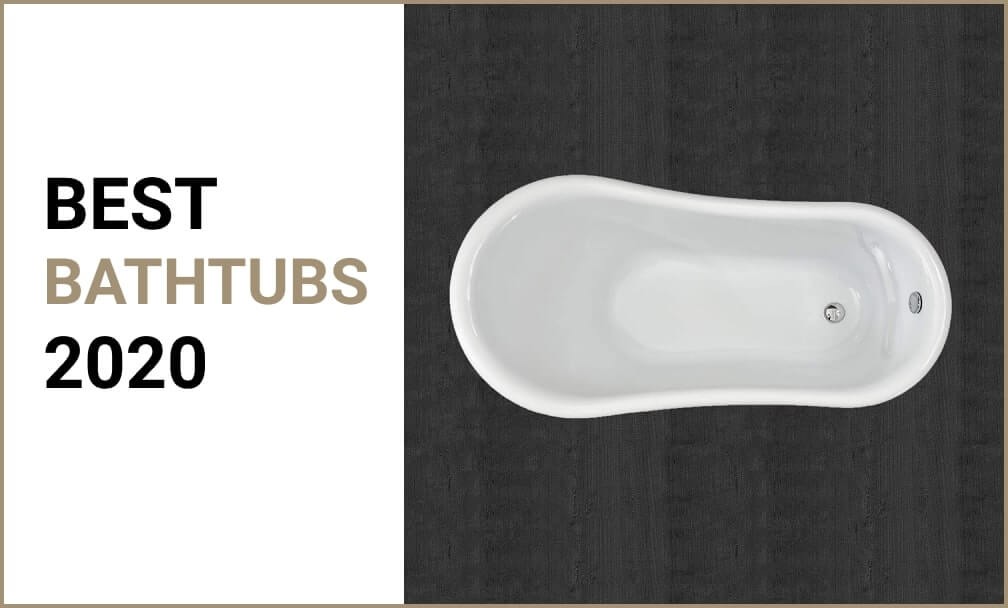 Are you in need of a new bathtub and don’t know where to start?
Are you in need of a new bathtub and don’t know where to start?





